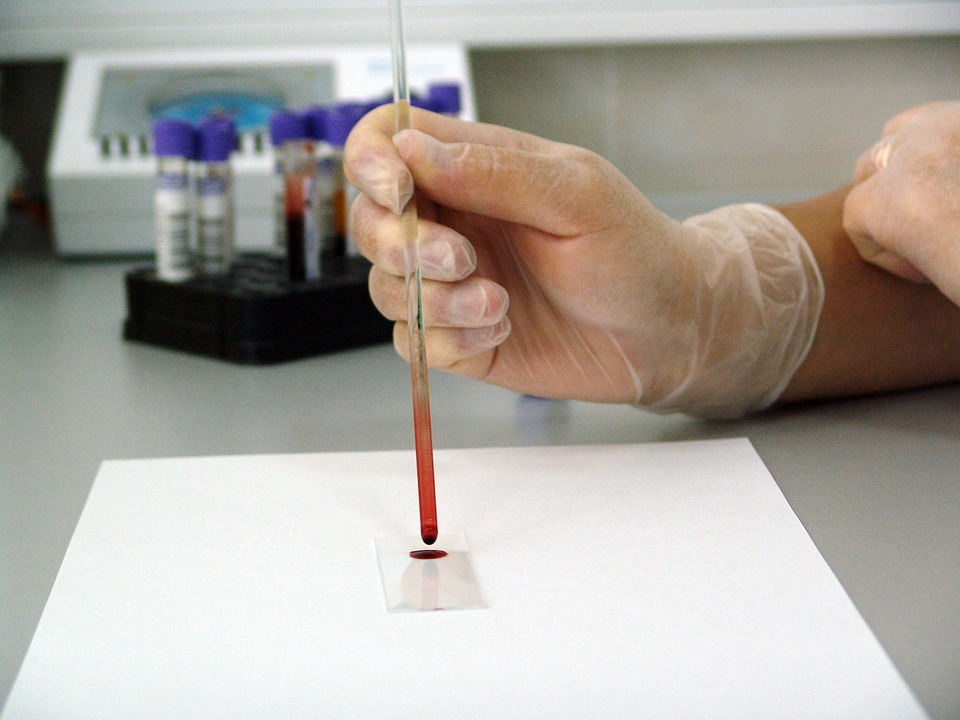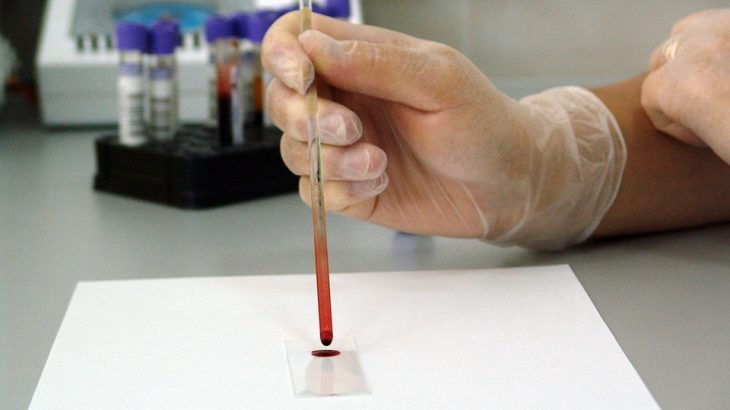In the past, laboratories have been separate entities doing their work on their own in a sense. Eventually, physicians started bringing labs into their own practices to obtain results faster and treat their patients sooner. Many hospitals removed labs from their space to save money and now there seems to be a disconnect between laboratories and hospitals. The reality is, hospitals should be connected with laboratories.

How?
How hospitals stay connected can come in a myriad of ways. Working with a reputable company that handles bio-material management, is a top step in linking labs to hospitals. Transporting samples between hospitals and labs have to be handled with care and cannot be entrusted with just any courier service. Temperatures and the safety of the sample have to be carefully planned for. And many bio-material management companies provide storage services (additional info can be found here regarding such cold storage options). Both hospitals and labs only have so much space to use and storage can become a cumbersome problem. Fortunately, those in the bio-material management sector understand the importance of caring for samples for later testing.
Why?
Why should a hospital be connected to a lab? The answer is a pretty broad one. Onsite labs are perfect for making a quick diagnosis and save lives, especially for folks who are in the emergency room. When hospitals have to send the samples off to an outsourced lab, there is too much time spent waiting on results and can result in further illness or unnecessarily prolonged illnesses. Most of the labs onsite are divided into departments so that the samples can be appropriately researched based on needs of the patient. This truly creates patient focused care!
Many labs also work at finding the long-time cures. While they are working at curing the terminal illness, many of the terminally ill are in the local hospital. Those hospitals need to know about new findings to aid their patients in recovery. For many, who have some sort of illness that can become fatal, it’s not just one thing affecting their health. And if a lab discovers that two medicines work against each other, or two treatments will cause a fatal outcome, a hospital must know! On the other hand, if there is breaking ground on treatments, the sooner a hospital staff can learn it the better for the patient.
Another popular way for hospitals to stay connected is to come together and form a lab. When hospitals work together, they can save a ton of money by forming a lab that is at their disposal and often between the two hospital locations. So although it’s still an offsite lab, it’s close enough and under hospital, direction to get results quickly. Additionally, this option can open up a source of revenue for the hospitals when they allow physicians to use their lab for testing and provide researchers with the space to work on the latest in treatment and cures.
As medicine becomes more complex and ever evolving in our fast-paced world, being connected to laboratories is quickly becoming a necessity. With proper management and the right team, a hospital and lab can work together for the common good of the community. And when the common good is nurtured, we see healthier people and the eventual elimination of some illnesses. That is the ultimate goal, to eradicate certain diseases.






